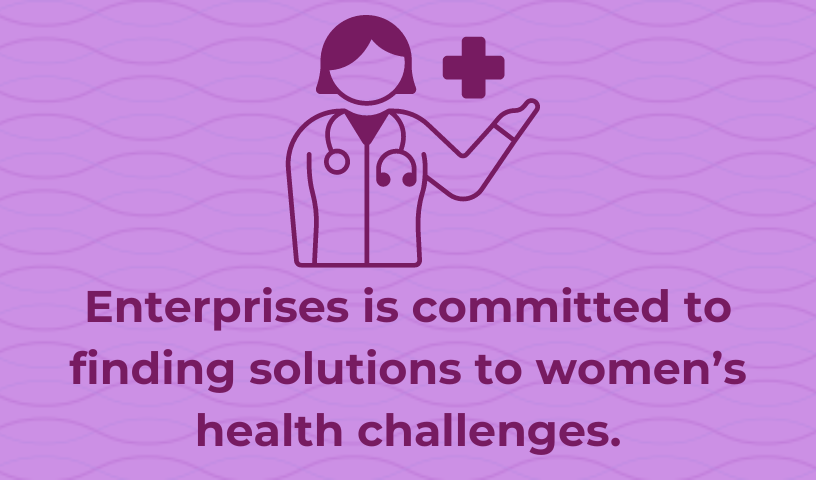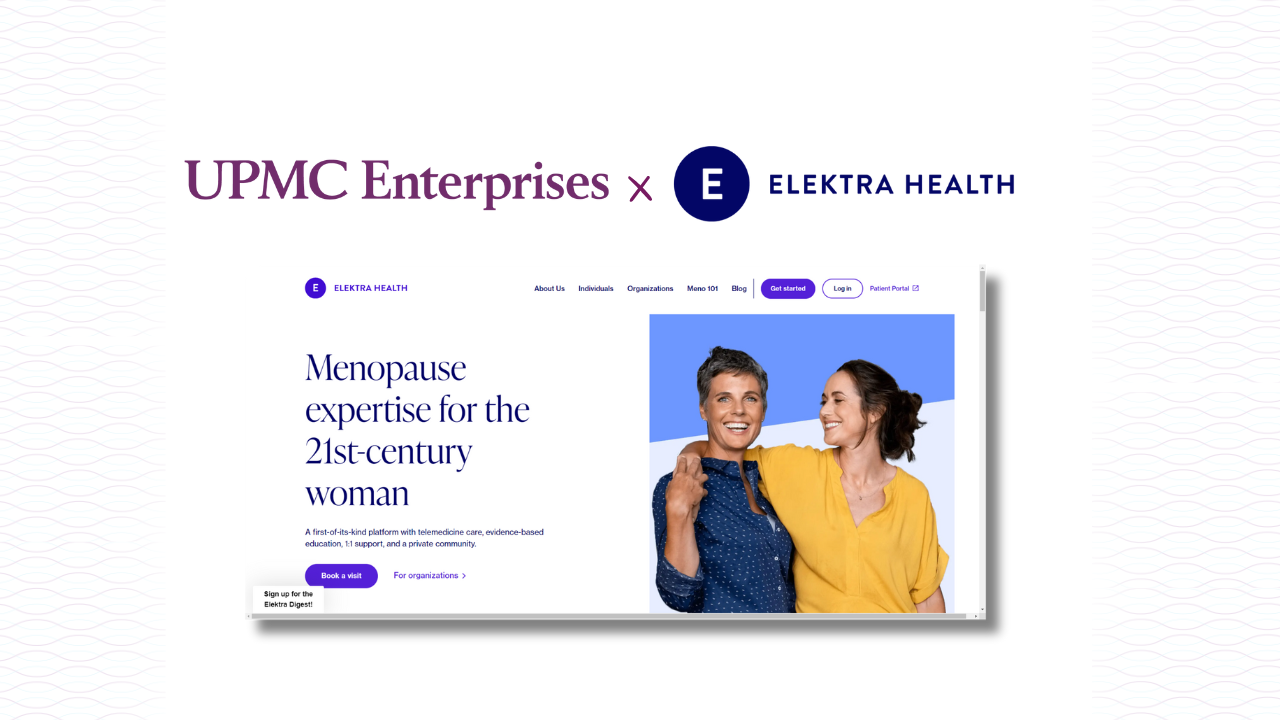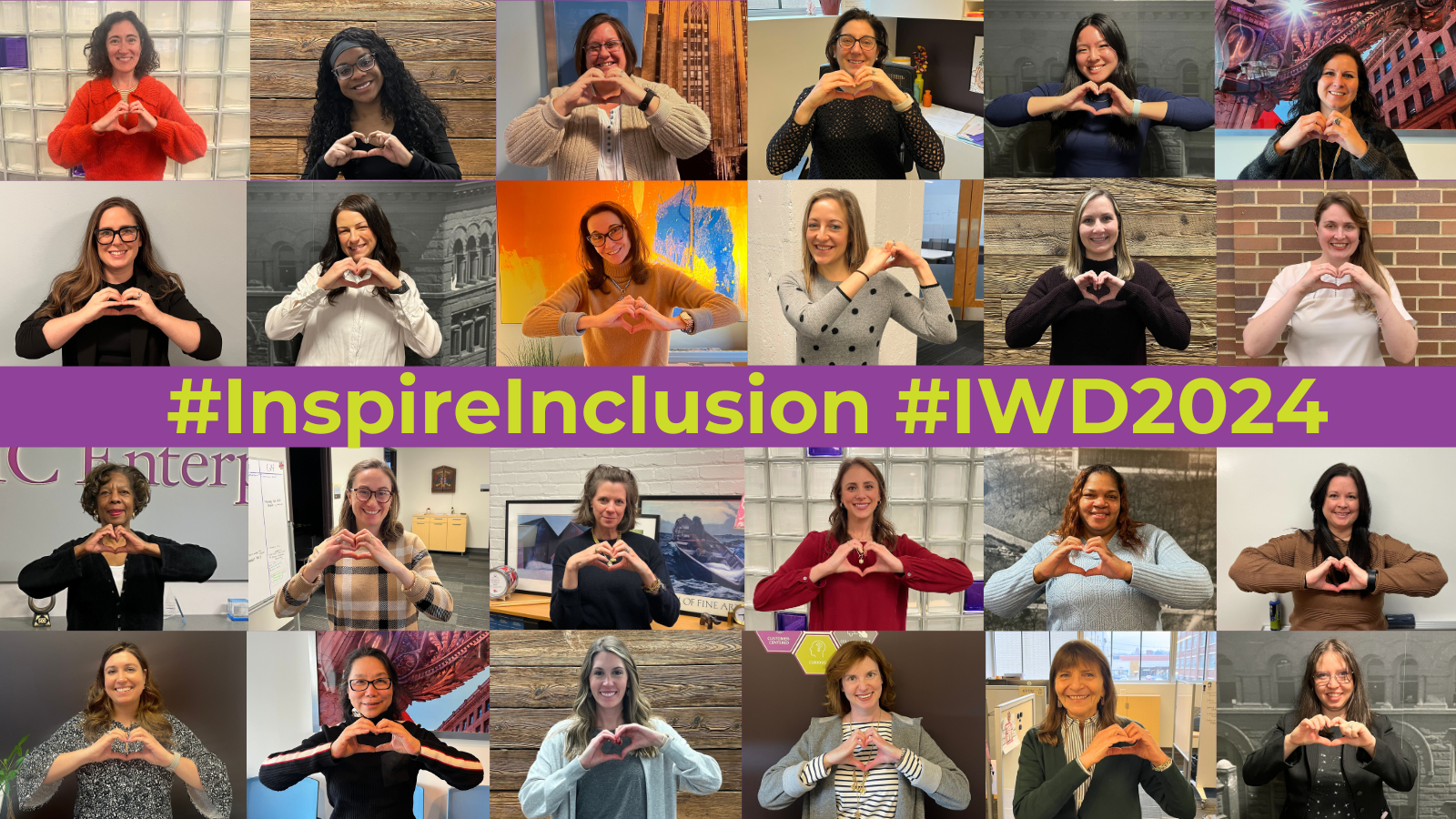
Mar 29, 2024
Empowering Women’s Health: A Unified Approach Across UPMC Enterprises
Approximately 50.4% of the population in the United States is female—167.5 million people. Despite significant progress in scientific and clinical fields at UPMC and beyond, women still face severe challenges from various diseases and conditions, including chronic pain, depression, autoimmune diseases, osteoporosis, and dementia. Notably, conditions specific to females, or those who have been assigned female at birth such as endometriosis, receive insufficient research attention and lack effective diagnostic and treatment options.[1] These instances, coupled with the increasing rates of maternal morbidity and mortality in the United States, highlight the urgent need for prioritizing women’s health research and recognizing women’s health as a crucial public health concern. In fact, women’s health has become a key priority across UPMC Enterprises’ Translational Sciences, Digital Solutions, and MyUPMC teams.
How Did We Get Here?
One of the first ways to begin closing the gap on gender-based disparities is by improving data-driven insights. Insufficient data is a significant contributing factor of the disparities seen today because a main source of clinical data – clinical trials – did not include women until 1993.[2] When regulators realized this was an issue, they strongly encouraged that women participate in clinical trials, which helped turn the tide. While this was a much-needed advancement, it also means that we now only have approximately 30 years’ worth of clinical data on women.
“If we look one step earlier, pre-clinical data is another important source of information in the journey of a new therapy’s creation. Similar issues were seen here, with scientists predominantly including male animals in their preclinical experiments, in attempt to control variables such as hormonal variability. This became a huge issue because preclinical data was directly informing the FDA’s decision to advance drugs into clinical trials and these decisions were being made based on male animal model data only. Drugs had never been tested in the presence of female biology until they were in the clinic and being tested in human women,” said Anna Mamo, Director, Translational Sciences.
As recently as 2016, the NIH mandated that animals of both sexes should be included in NIH-funded research. Even though there is more equivalent access to clinical trials for both men and women, clinical trial recruitment for women is still lower in the 35% to 40% range.[3]
Improving Access
Members across nearly every team at UPMC Enterprises are aware of these disparities and are actively looking for opportunities to impact this ever-important space.
According to the Center for Connected Medicine’s 2023 Top of Mind for Top Health Systems research report, patient access was the number one priority for health systems for a second year in a row. Ensuring that women have the same access to services is one of the first steps in solving for disparities. As the “front door” to the greater UPMC system, the MyUPMC team is actively taking steps to improve access to services through digital tools.
“It’s still quite a challenge and there are plenty of opportunities for improvement, but I think broadly in health care we’re optimistic and excited about how and where technology can help with improve access.” said Varsha Raj, Director of Product Management, MyUPMC.
According to the MyUPMC team, female users generally have a higher activation rate. Meaning, they’re signing up for the patient portal on a larger scale. In total, around 800,000 users are female versus 500,000 male users. Women’s health departments also have the highest levels of portal activation, ranging anywhere between 86 and 97% of their patients being signed up for the portal.
Additionally, usage statistics show that females use the portal more frequently and extensively, whether for patient education, managing their care during a pregnancy, or for managing care of their families. This also includes scheduling or having to ask the pediatrician a question after hours.
Nearly 10% of appointments by female users are being scheduled digitally, as compared to just over 5.5% for men. The number of messages that are sent by female users is 50% higher than men.
“There’s still a lot more that technology can do…to make it easier and more accessible to manage care and to remove some of that cognitive burden of coordinating care,” said Raj.
Opportunity Abound
The market has cooled recently, from a peak of over $2.5B in 2021 to $707M as of October 2023, but substantial opportunity remains, especially given the announcement of the first ever White House initiative on women’s health research led by First Lady Jill Biden and the White House Gender Policy Council. [4]
“In a relatively short amount of time, that’s a significant amount of growth compared to the rest of the health care investing sector, which is just 15% for the same period.” said Kathryn Heffernan, Senior Director of Strategic Product Management, Digital Solutions. “There’s still a long way to go. But nonetheless, we’re seeing more interesting and innovative companies come out to start solving some of the problems that exist in the space.”
The growth of clinical research and outcome data is opening doors for digital and biotech-driven solutions. This trend will contribute substantially to the development of diagnostics, devices, and therapeutics uniquely designed to meet women’s specific health requirements.
The Road Ahead
Solving the disparities and ensuring equity in women’s health is not a one-size-fits-all endeavor. From reproductive health to chronic conditions, cognitive burden and mental well-being, the challenges are diverse. UPMC Enterprises recognizes the need to address these multifaceted issues, considering factors such as socio-economic backgrounds, cultural differences, and technological disparities that impact access to care.
“Conversations about women’s health and advancing women’s health care continue to be cross-functional,” said Heffernan. “We can design and develop a lot for the patient. At the same time, we also need to think about how you design for the provider and the payer. The best solutions within the market will really take all of those into account because all of those stakeholders need to come to the table to drive meaningful change.”
It’s going to take all of us to help deliver positive change in women’s health from the Digital Solutions team leveraging cutting-edge technologies to revolutionize how health care is delivered to women. The MyUPMC team works toward this goal by promoting convenient access to expert care and empowering women to monitor their health, access educational resources, and connect with health care professionals seamlessly. These solutions ensure that women are not mere passive recipients of care, but active participants in their own well-being.
Translational Sciences also plays a pivotal role in supporting scientific discoveries that can produce tangible benefits for women’s health. This means faster development of diagnostics, more effective treatments, and a proactive approach to preventive health care for women.
The synergy between the groups at UPMC Enterprises is embodied in the “One Enterprises” approach. By fostering collaboration between these domains, we have the opportunity to create a holistic ecosystem where data-driven insights from digital technologies inform and enhance translational research, leading to more precise, personalized, and effective solutions for women’s health.
As we forge ahead into a future where women’s health takes center stage, UPMC Enterprises remains steadfast in its commitment to innovation, collaboration, and meaningful impact.
For more on Enterprises’ commitment to advancing women’s health, check out Ventured Episode 5, “Breaking Barriers: Redefining Women’s Health for the Future.”
References:
- AA;, M. (n.d.). Gender disparity in the funding of diseases by the U.S. National Institutes of Health. Journal of women’s health (2002). https://pubmed.ncbi.nlm.nih.gov/33232627/
- National Institutes of Health. “History of Women’s Participation in Clinical Research | Office of Research on Women’s Health.” Nih.gov, 2017, orwh.od.nih.gov/toolkit/recruitment/history
- Blakemore, Erin. “Women Are Still Underrepresented in Clinical Trials.” Washington Post, 27 June 2022, www.washingtonpost.com/health/2022/06/27/underrepresentation-women-clinical-trials/.
- FACT SHEET: President Joe Biden to Announce First-Ever White House Initiative on Women’s Health Research, An Effort Led by First Lady Jill Biden and the White House Gender Policy Council | The White House, 2023 https://www.whitehouse.gov/briefing-room/statements-releases/2023/11/13/fact-sheet-president-joe-biden-to-announce-first-ever-white-house-initiative-on-womens-health-research-an-effort-led-by-first-lady-jill-biden-and-the-white-house-gender-policy-council/


